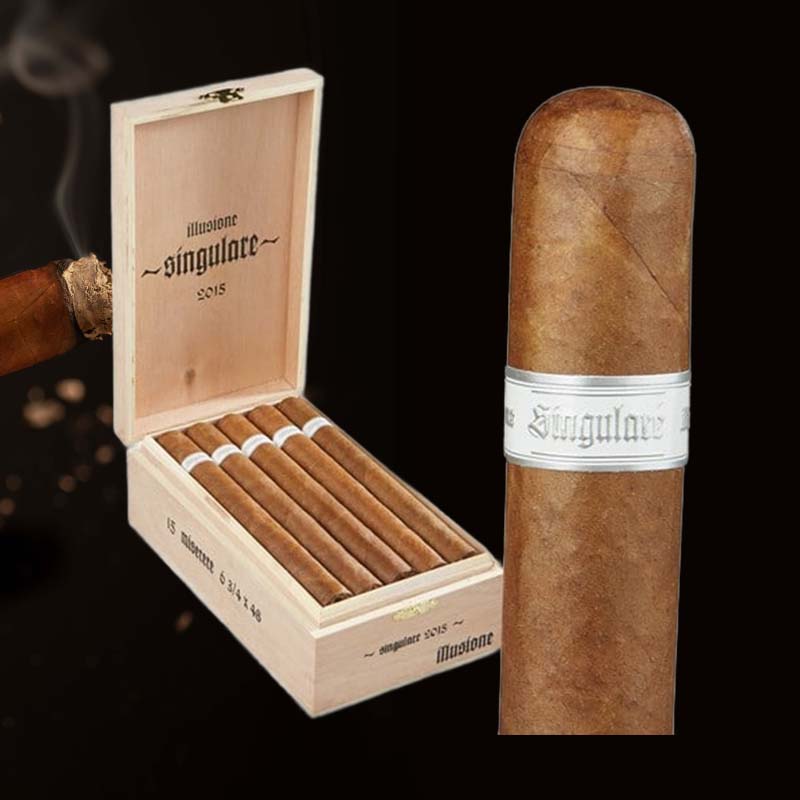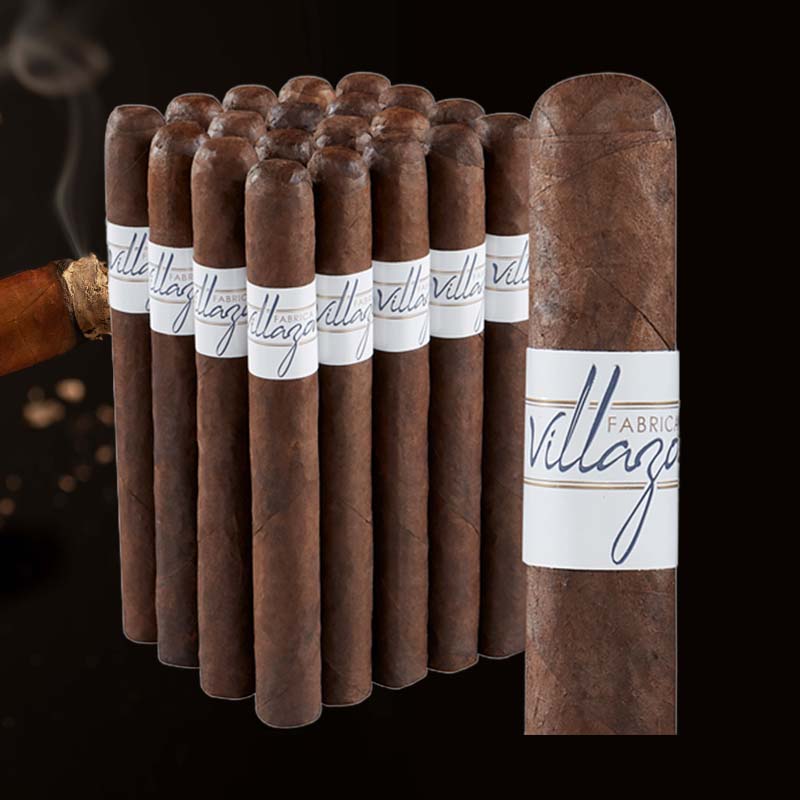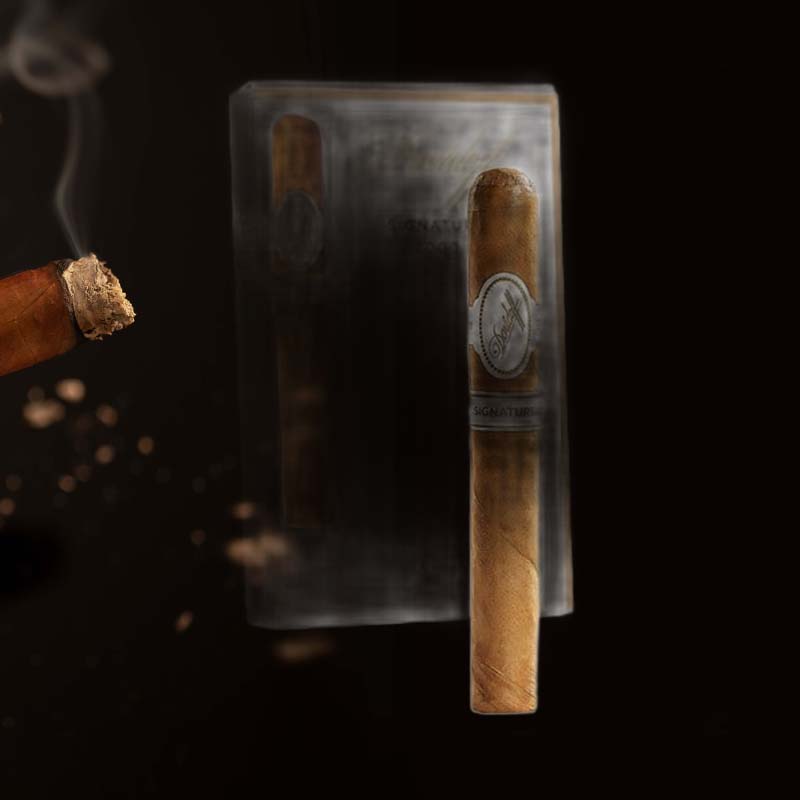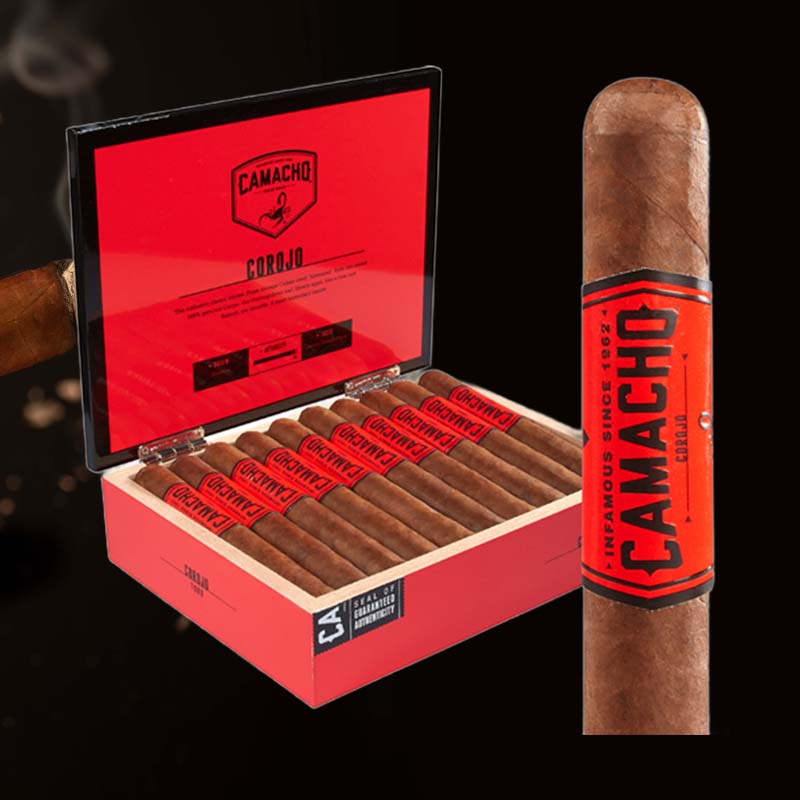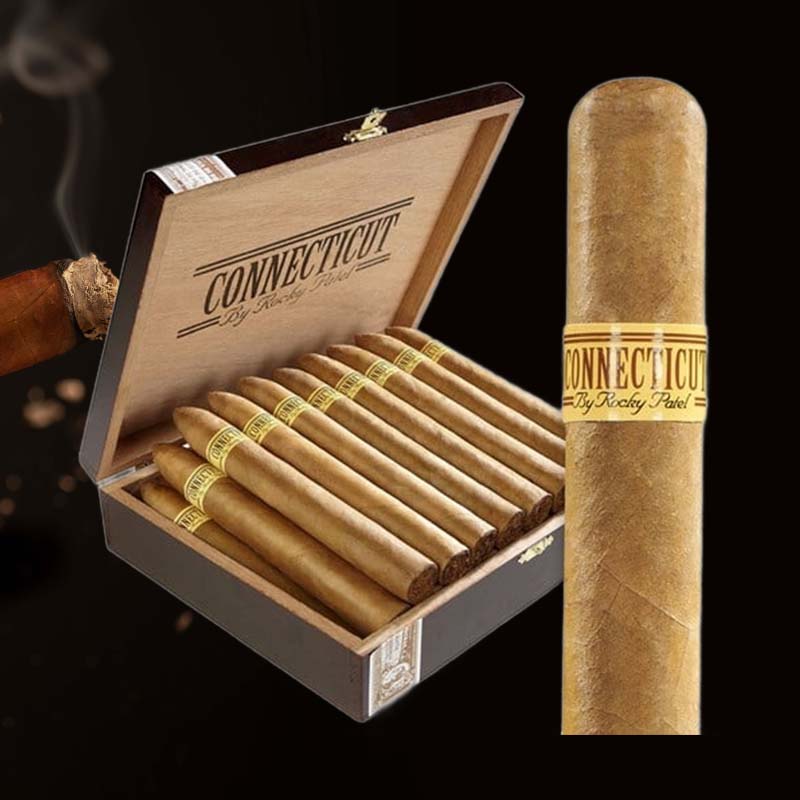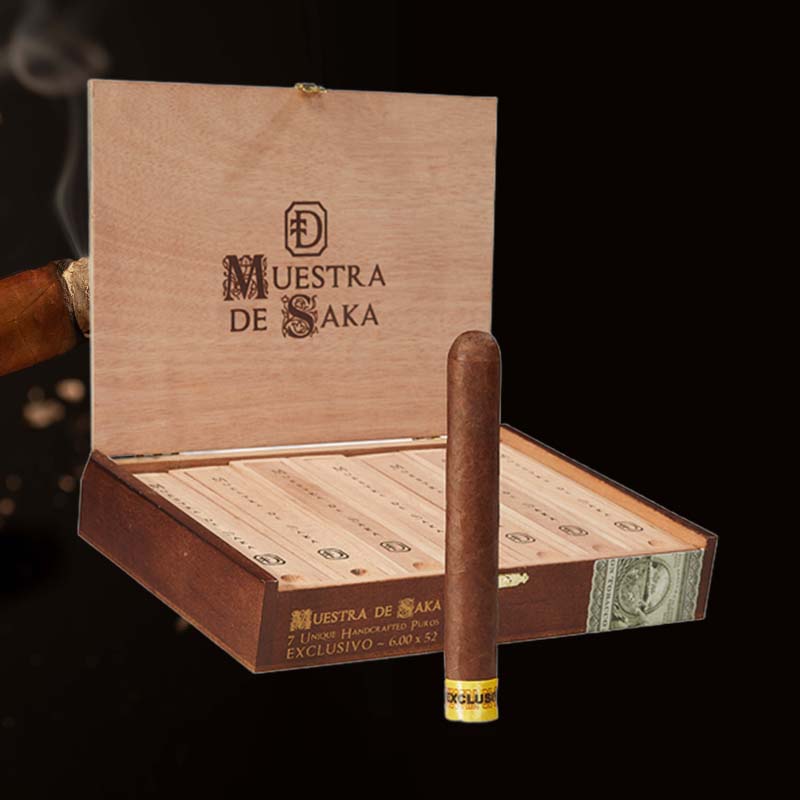How to make a torch with a lighter
How to Make a Torch with a Lighter
Introduction
Have you ever found yourself in a situation where you needed light, perhaps during a camping trip or a cozy backyard gathering? I certainly have! The feeling of uncertainty can be daunting, but I’ve discovered a handy trick: making a torch with a lighter. In this guide, I’ll share how to transform a simple lighter into a practical and illuminating torch, providing not just light but a sense of adventure!
Overview of Making a Torch
Creating a torch with just a lighter opens up endless possibilities. It’s a quick, cost-effective way to generate light wherever you need it and gives you a sense of accomplishment. Plus, there’s something undeniably exciting about crafting your own tools. Let’s dive in!
Step 1: Supplies Needed
List of Required Materials
- A reliable lighter
- Flammable wrapping material (e.g., cotton cloth, old t-shirt)
- Base material for the torch (wooden stick, metal pole)
- Flammable liquid (lighter fluid, kerosene)
Step 2: Preparing the Lighter
Choosing the Right Lighter
When selecting a lighter, I prefer a disposable one due to its accessibility and cost-effectiveness. A butane lighter works well for this purpose, as it produces a sturdy flame necessary for igniting the torch. Make sure your lighter is full to ensure it lasts the entire time you’ll need it!
Step 3: Creating the Torch Structure
Selecting the Base Material
The base material is crucial; I often opt for a sturdy wooden stick about 1-2 feet long. It’s easy to hold and provides a stable structure for the torch. If you’re in a pinch, even a metal pole will work but be cautious of the temperature!
Step 4: Wrapping the Torch
Choosing the Right Wrapping Material
Your choice of wrapping material greatly affects the torch’s effectiveness. I usually go for cotton cloth because it ignites easily and burns steadily. An old t-shirt or washcloth can be repurposed for this task. Just make sure it’s clean and free from any synthetic fibers.
Step 5: Tightly Wrapping the Torch
Ensuring Stability and Safety
Wrap the cloth around one end of the wooden stick, leaving enough length for a good grip. I tightly secure it with string or duct tape, making sure it won’t unravel once lit. A stable wrap is key to ensuring safety during use; I cannot stress this enough!
Step 6: Soaking the Torch
Importance of Proper Soaking
Soaking the torch in a flammable liquid is essential for an effective burn. I carefully saturate the cloth with lighter fluid, ensuring an even coat. This step not only enhances the longevity of the burn but also ensures a steady flame when lit.
Step 7: Lighting the Torch
Safety Precautions When Lighting
Before striking the lighter, I always make sure to stand clear of flammable materials. I like to light my torch in an open area, away from wind and flammables, to prevent any mishaps. Lighting it at about a 45-degree angle keeps the flame controlled and steady.
Step 8: Adjusting the Flame
Modifying for Desired Intensity
Once lit, I can control the flame’s intensity by adjusting the amount of wrapping material and how much fluid is soaked into the cloth. For a bright, steady light, I ensure the cloth is fully soaked, but for a softer glow, a lighter soaking will suffice.
Step 9: Using Your DIY Torch
Practical Uses for Your Torch
Now that my torch is ready, I use it for various scenarios. Whether it’s illuminating a dark campsite, enhancing a backyard bonfire, or even while taking a nighttime stroll, the torch always adds an adventurous flair. It’s a reliable source of light that evokes a sense of nostalgia with its dancing flame.
Step 10: Safety Tips
Staying Safe While Using a Torch
While using a DIY torch is thrilling, safety must always come first. I remind myself to keep it away from flammable materials, supervise children, and never leave it unattended. Keeping a fire extinguisher or a bucket of water nearby is also a smart precaution.
Conclusion
Recap of the Torch-Making Process
In summary, making a torch with a lighter is straightforward and rewarding. By following these steps—from gathering supplies to proper lighting techniques—you can enjoy the warmth and ambiance a torch brings. So, the next time darkness falls, you’ll be ready to light the way with your very own DIY torch!
FAQ
Can I use a lighter to light a torch?
Yes, using a lighter to light your DIY torch is both effective and commonly practiced. Just ensure the torch is properly prepared to catch the flame.
What makes a lighter a torch lighter?
A torch lighter typically produces a more intense, concentrated flame compared to standard lighters, often utilizing butane or propane, which makes it suitable for lighting torches.
How to make a torch with LED light?
To create an LED torch, you would need an LED light, batteries, and a casing. Though it’s different from a traditional torch, it gives you a safer and longer-lasting light source.
Does lighter fluid work for torches?
Absolutely! Lighter fluid is a popular choice for soaking torch materials, as it ignites easily and burns at a steady rate. Make sure to use it safely!
